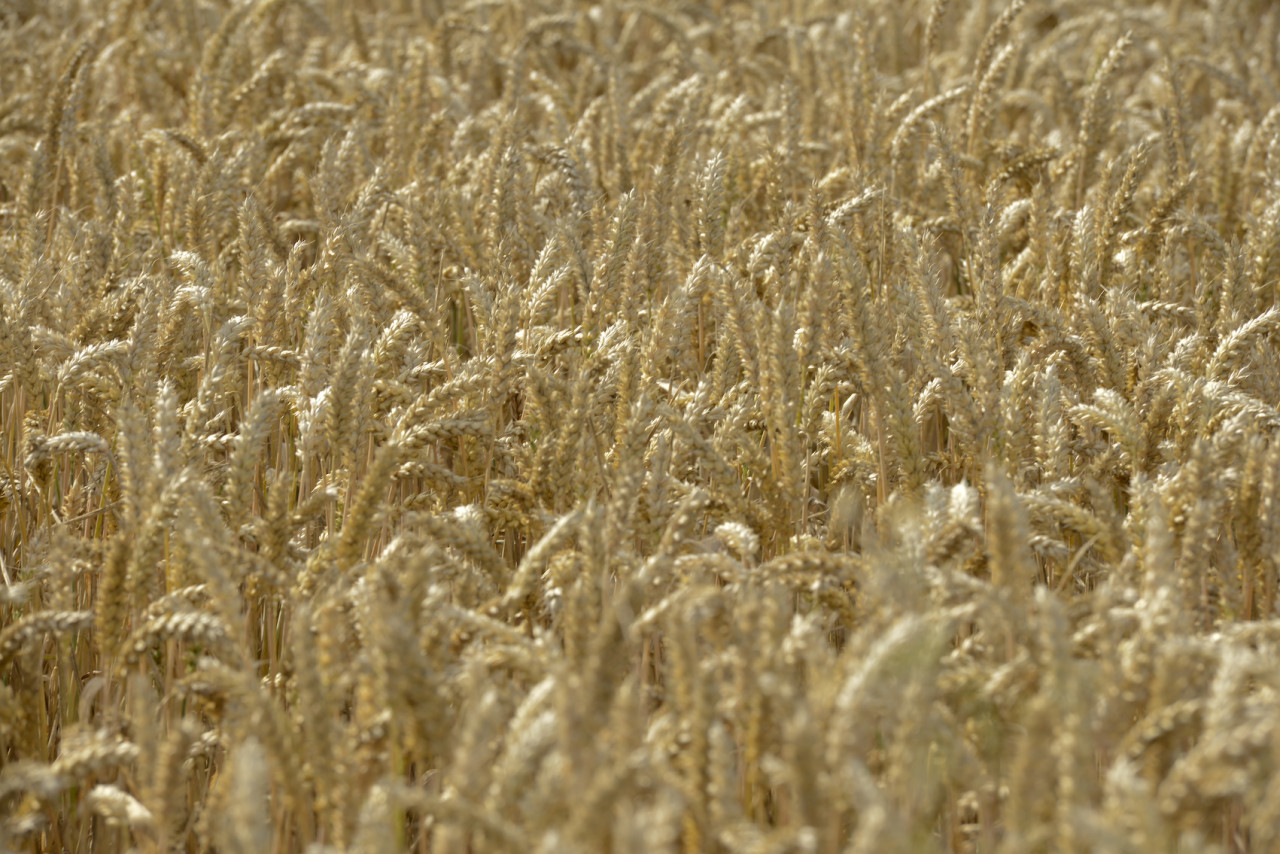Pre-harvest crop management: desiccation methods
As harvest gets closer, attention is no doubt turning to pre-harvest management of crops. In particular, desiccation using glyphosate is one of the key considerations at this time. Some of you may have already completed desiccation on certain crops but for those who are yet to start, there are considerations to bear in mind.
Desiccation of crops using glyphosate is an effective way of killing uncontrolled or late germinating annual weeds. Troublesome perennial weeds such as couch are also best controlled in this way and, in some situations, a pre-harvest application can be used to kill crop stems and leaves as a way of improving the timeliness of harvest too. However, it is important to ensure that pre-harvest applications of glyphosate are permitted by end markets and grower contracts.
The advantages of glyphosate and when best to apply it
The use of pre-harvest glyphosate has many advantages. These include improved efficiency when combining, reduced crop moisture at harvest and a lower risk of contamination from weed seeds in the final harvested crop.
Applications of glyphosate pre-harvest are usually made on the hot and bright days of July and August. Although this weather is good for ripening crops, it's important to note that it can pose some challenges to the effectiveness of some glyphosate products. In hot and dry conditions, plants can become stressed, causing their leaf waxes to increase and stomata to close. These changes can make it more difficult for some glyphosate products to gain entry to the leaf, meaning they can take longer to work and are less efficacious.
The importance of formulation type
There are a range of glyphosate formulation types in the market, but some are more advanced than others.
If we think back to the potential challenges mentioned above, the right formulation is vital for getting good levels of control when applying in hot and dry conditions. When glyphosate isn't formulated with any surfactants (chemical compounds that decrease the surface or interfacial tension between two liquids), glyphosate can be very ineffective at gaining entry to the plant, with only 3-4% of the applied product actually making it into the leaf.
Roundup Energy is an example of a product formulated with a potassium salt. Glyphosate with this formulation allows for a greater loading of surfactant in the can compared to some other products on the market, and it is this which helps it to penetrate crop leaf wax and translocate within the weed.
The value of surfactants
It's important to note that not all glyphosate products use the same surfactants so assessing the type included will be important to ensure appropriate product performance. The surfactant system needs to aid spreading of spray droplets on the leaf and should disrupt leaf wax to allow for easy entry into the leaf. However, the extent of the disruption of the leaf wax is a careful balance to get right. If the leaf wax is affected too aggressively, glyphosate uptake will be reduced.
If we look again at Roundup Energy, its surfactant system uses TransorbTM technologywhich improves spray droplet characteristics to help spread them onto the leaf surface. It also allows the product to permeate the leaf wax surface more effectively, making it an ideal product to use for pre-harvest desiccation.
Although we've spoken about the typical dry and warm weather of the summer months, rain showers can also catch us out in July and August. Ensuring products are rainfast is therefore important and the addition of a water conditioner and spray enhancers, such as Sprayforce DRT, can also improve efficacy.
Closed transfer systems
With some glyphosate products, applications can be managed through the use of a closed transfer system to reduce the manual handling by operators, improve efficiency and maintain product stewardship.
Frontier's closed transfer system is compatible with Roundup Energy in 640 litre IBCs. Using the product in this capacity uses 50% less plastic compared to other 15 litre cans.
If you'd like to find out more about the closed transfer system and how it works, click here.
Summary
My final tip on how you can optimise glyphosate activity pre-harvest is to make applications in the morning and on long bright days. Applications made during the evening or the in dark will give the slowest activity.
Hopefully the steps and products I've outlined in this blog are a useful aid as you get your crop ready for harvest this year. If you'd like any further advice or information on how to best desiccate your crop, please speak to your local Frontier contact. Alternatively, you can get in touch.
As a subscriber, you’ll receive email alerts each time a new blog is published so you can always stay updated with the latest advice and insights from our experts






Comments